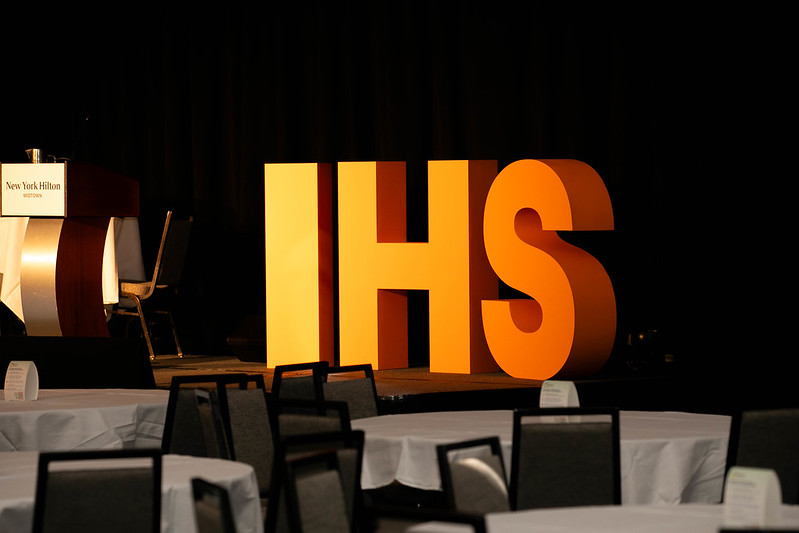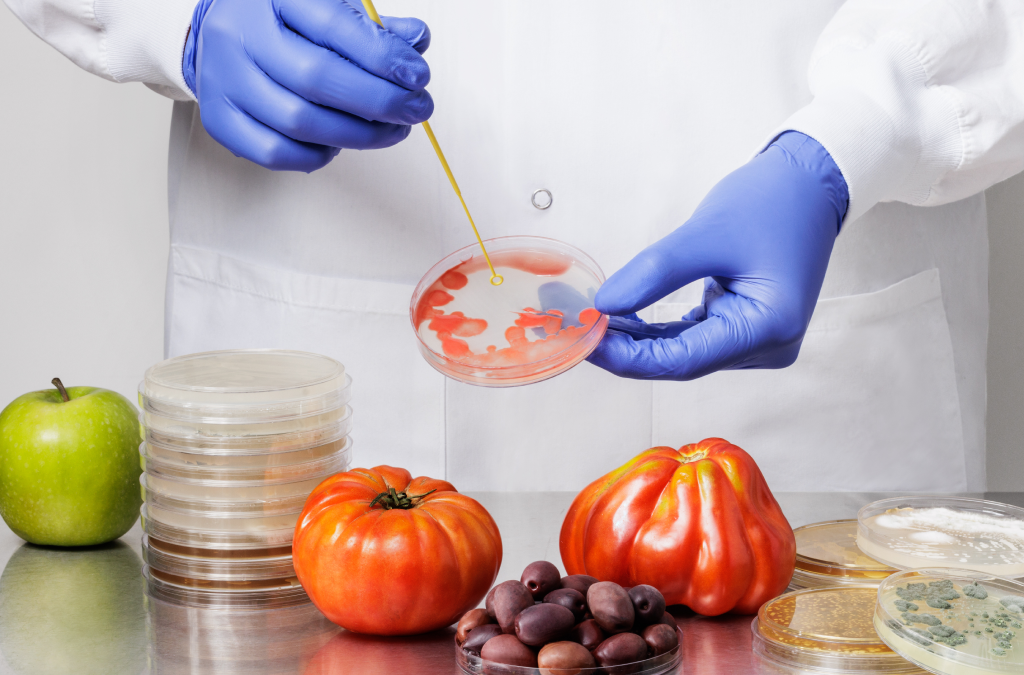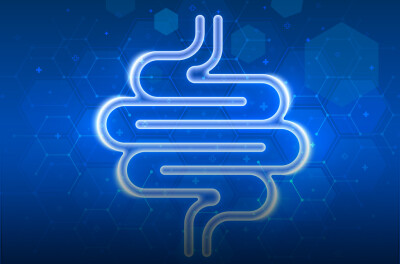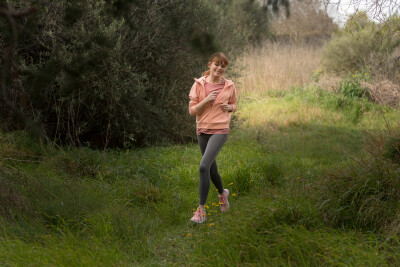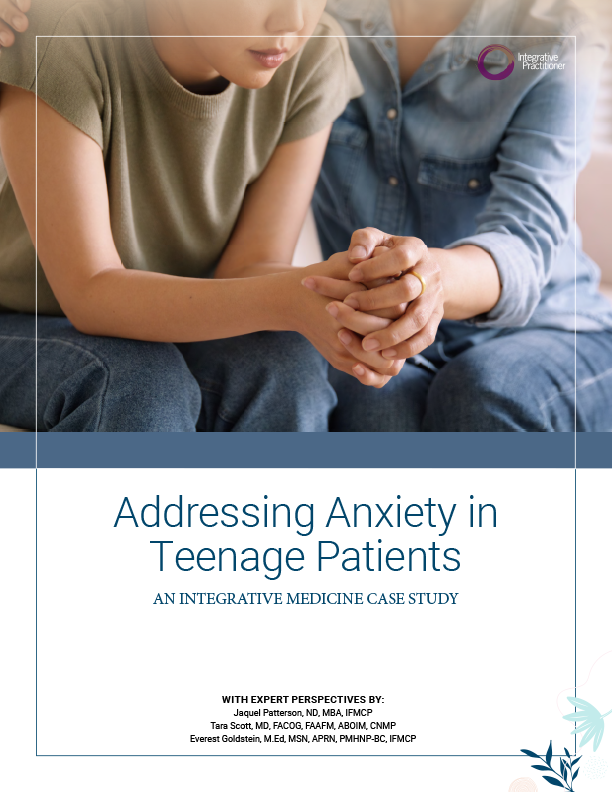The Importance of Self-Care and Social Support in Community-Based Trauma Protocols
Photo Cred: Rawpixel/Shutterstock
By Tiarra Mukherjee
We can’t help others deal with their trauma unless we first deal with our own, said James Gordon, MD, at the 2023 Integrative Healthcare Symposium in New York City. Trauma will come to each of us in our lifetimes, and when we address and repair our own, we are more equipped to be present with others as they suffer and guide people through and beyond their suffering. After all, he said, trauma connects us all.
“It’s not like gallbladder surgery where you can do one cholecystectomy on yourself,” he said. “And even things like nursing or medicine understand this self-care. You are the authority. You are the instrument. Your experience, both of the benefits of what you’re teaching and the challenges, makes it possible to do this work.”
Gordon is the founder and director of The Center for Mind-Body Medicine (CMBM) in Washington, D.C. This nonprofit educational organization aims to help people improve their health through self-awareness, self-care, and group support. The CMBM provides training and resources to healthcare professionals and community leaders, including teachers, social workers, and clergy members, to help them address the effects of trauma on individuals and communities.
“When trauma comes, the developing system, the organism gets disrupted in two major ways,” Gordon said. “One is it becomes chaotic, and that’s the fight or flight response. The other profound change that comes with trauma is stasis or shut down, an inability to move ahead.”
The fight or flight response is a survival response built into all vertebrates, but the problem arises when it is prolonged beyond the necessary time. The freeze response is the second primary reaction, causing an inability to move ahead and disrupting the growth and development of organisms. Trauma fixes us in what has happened, and we carry the fight or flight or freeze response, which can lead to post-traumatic stress disorder (PTSD), inflammation, chronic pain, hypertension, and heart disease.
Gordon said the practitioner’s goal is not just to treat symptoms or promote wellness but to help people live in harmony with nature and their nature. This aligns with aboriginal and classical high traditions, such as Vedic medicine, classical Chinese medicine, and Hippocratic medicine.
Gordon emphasized the importance of dealing with trauma to avoid holding ourselves back from the world’s suffering. He recommended patients and practitioners alike begin coping with trauma through soft belly breathing, a meditation involving slow, deep breathing while focusing on the lower belly:
- Find a comfortable, quiet place to sit or lie down.
- Place one hand on your chest and the other hand on your belly.
- Take a slow, deep breath through your nose, allowing your belly to expand and fill with air. You should feel your hand on your abdomen rise while your other hand remains still.
- Hold your breath for a few seconds.
- Exhale slowly through your mouth, allowing your belly to deflate as you release the air. You should feel your hand on your belly fall while your other hand remains still.
- Repeat this process for several minutes, focusing on the sensation of your belly rising and falling with each breath. Let go of any thoughts or distractions and focus on your breathing.
- If your mind wanders, gently redirect your attention to your breath.
- When you’re finished, take a moment to notice how you feel. Soft belly breathing can help you feel more relaxed, calm, and centered.
Practitioners can practice soft belly breathing for a few minutes several times a day alone or even with patients who feel stressed or anxious.
Another technique Gordon recommended is shaking. He said shaking is a natural stress response and can help release tension from the body:
- Stand with your feet shoulder-width apart and your knees slightly bent.
- Begin shaking your body, starting with your hands and arms and then moving down to your legs and feet.
- Shake vigorously for a few minutes, allowing your body to release any tension or stress.
- Gradually slow down and come to a stop, taking a few deep breaths.
In addition to mind-body practices, Gordon emphasized the importance of social support and community. He said loneliness and isolation could exacerbate stress and poor health outcomes and encouraged people to connect with others and build strong relationships.
“By dealing with our trauma and practicing techniques such as soft belly breathing and shaking,” Gordon said, “we can learn to relax and be present with others, allowing for the possibility of miracles to occur in the healing process.”



